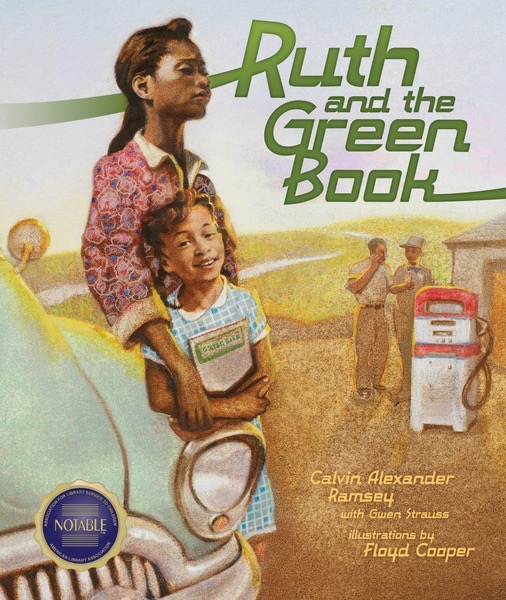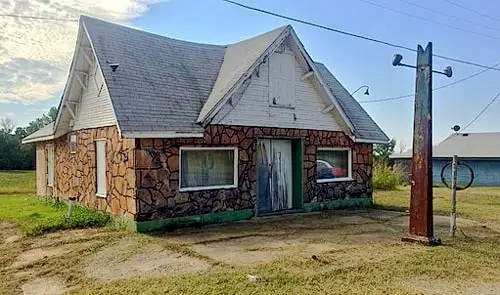A family-owned gas station on historic Route 66 and a hotel listed in the Green Book are among 40 sites sharing more than $3 million in grants from the National Trust for Historic Preservation through its African American Cultural Heritage Action Fund.
“Over the past four years, the National Trust has funded 105 historic places connected to Black history and invested more than $7.3 million to help preserve landscapes and buildings imbued with Black life, humanity, and cultural heritage,” according to its savingplaces website.
“This year’s funds were awarded to key places and organizations that help the Action Fund protect and restore significant historic sites. Grants are given across four categories: capacity building, project planning, capital, and programming and interpretation.”
Regarding the site along Route 66, the National Trust reported: “Constructed c. 1915 and still family-owned, the Threatt Filling Station was likely the first and only Black-owned and operated gas station on Route 66. A refuge for Black travelers during the Jim Crow era, its farm also reportedly served as a safe haven for families fleeing the 1921 Greenwood Massacre in Tulsa. The filling station will be restored for use as an interpretive and visitor’s center.”
Route66News reports that the grant to the Threatt site is $100,000.

The site listed in the Green Book is the Hotel Metropolitan Purple Room in Paducah, Kentucky. The National Trust reported: “The Hotel Metropolitan opened in 1909, serving Black travelers when lodging was segregated, and was later listed in the Green Book. It hosted notables such as Ella Fitzgerald, Duke Ellington, and Thurgood Marshall, and its Purple Room was an after-hours gathering space for musicians traveling on the ‘Chitlin’ Circuit’ who would often play for residents and patrons alike. Restoration of the Purple Room will allow it to be used as a gathering space once more.”
What is commonly referred to as the Green Book is The Negro Travelers’ Green Book, a project started by a mail carrier in the 1930s so African-Americans traveling within the country could know where it was safe to eat and state overnight, even where they could purchase gasoline.
The Gilmore Car Museum in Hickory Corners, Michigan, has a permanent exhibit on the Green Book and its role in American transportation history.
Another grant recipient is the North Carolina African American Heritage Commission, which is working with the South Carolina African American Heritage Commission to document and map all Green Book sites in the Carolinas. The National Trust notes that the effort is “developing a model for a national Green Book sites marker and digital mapping program.”
The National Trust’s Action Fund was established in 2017 with $50 million in funding and since then has raised another $30 million in donations. The fund “is the largest preservation effort ever undertaken to support the longevity of African American historic sites.”





